SEARCH






|
|
|
|


by Editor Lourens Durand
Edited and published by Yvette Depaepe, the 2nd of February 2024
From the series “Experiment with glass' by Evgeniy Popov
Glass, an essential material that has fascinated us humans for centuries, was discovered serendipitously on a beach many thousands of years ago, according to Pliny.
He wrote that Phoenician soldiers/sailors stood a cooking pot on blocks of soda from their cargo hold and made a fire on the sand underneath. Heat from the fire melted the soda and sand into a liquid which later cooled and hardened into glass. Similarly, Mesopotamian craftsmen are reported to have discovered that mixing sand, lime and soda gave them a glassy product that could be cast into open moulds to create beads, jewellery, other decorative items and drinking vessels.
From those humble beginnings, glass is around us everywhere today, and forms the basis of a range of extremely attractive subjects for photographers.
Think of:
· Blown glass ornaments
· wine glasses
· Bottles
· Vases
· Sculptures
· Laboratory ware
· Mirrors
· Marbles
· Spectacles and sunglasses
Yet, the one thing that makes them so attractive as subjects also makes them so difficult to photograph – reflections!
With a little ingenuity in the lighting setup, however, it is possible to avoid unwanted highlights whilst fashioning highlights in other areas to provide depth or contrast. When photographing wine glasses, bottles or glass sculptures, for example, it helps to light the subject with a diffused soft light from behind using a soft box, natural light from a lace-covered window, or a bounced light aimed at a white wall behind the subject. Whilst this avoids unwanted reflections it may look a little flat. The situation can be improved by adding a soft light or a white reflector on each side of the subject. Placing a black card in front of each of these lights, and adjusting their positions, one can emulate a strip light, creating attractive black lines on the edges of the glasses, giving a 3D effect.
An even more attractive effect can be achieved by placing a square black card between the backlight and the subject, making the edges of the glass stand out more and creating even more depth, as well as providing a dramatic backdrop.
A photo of a glass can be enhanced by placing the glass on a reflective surface such as a black tile or by placing the glass on an inverted glass.
Depending on the complexity of your composition, this lighting scheme may provide insufficient light for some of the other elements in a still life scene, for example, flowers, opaque ornaments, books, or the labels on bottles. This can be overcome by taking a separate photo, lighting these elements separately, or by using the “painting with light” technique and then merging the photos in post processing. In situations like these, boom stands that can hold reflectors, even small pieces of aluminium foil, are extremely useful for lighting isolated areas. Simple boom stands can easily be made up at home using dowel sticks and clamps.
Remembering that the angle of incidence is equal to the angle of reflection, it sometimes pays to play around with camera positions and angles to avoid unwanted reflections or to highlight those that add to the composition.
Another alternative type of lighting setup is a tabletop light tent or a light table with diffused lighting, either backlit, side-lit or even lit from underneath which can give interesting results.
Here are a few other tips for glass photography
· Glass objects must be absolutely clean, free from fingerprints, smudges and dust, so time spent on cleaning is well spent.
· It helps to prevent unwanted reflections by wearing dark clothes and gloves when photographing glass.
· A tripod is almost essential, not only to keep the camera steady, but to free your hands up for the other tasks involved in setting up the shot.
· Using a longer lens is useful for three reasons:
o It allows you to stand further away from the setup and not be cramped
o It reduces the possibility of seeing your own reflection in the glass objects
o Allows you to use a smaller background.
· Manual focus gives you more control of sharpness and depth of field.
· It is a good idea to use the mirror “lock up” feature on your camera (even when on a tripod) to avoid vibration.
· At the same time, many photographers feel that it is important to disengage the camera’s stabiliser, otherwise the camera searches for vibration and actually causes its own vibration. Check it out with your own equipment.
· Using coloured and patterned paper backdrops when photographing glass containers half-filled with liquids has fascinating refraction effects.
· Frosting a glass in a fridge just before shooting adds atmosphere to a shot.
· Try to add some movement and action by using splashes, pouring, dripping or spilling of the liquids.
· Try to create a story.
Architectural photography potentially also has a large element of glass and its unwanted reflections, which may be overcome by judicious use of angles and by using a circular polarising filter on the lens.
Portrait photographers often use glass and mirrors as accessories, and the same principles of reflection apply. When shooting portraits of bespectacled models in a studio, make sure that the lights are high and wide to avoid reflections in the glasses. For outdoor shoots, just watch the angles.
Although glass photography is difficult and can be frustrating, when you get it right it is worth every minute of effort that you have put in.
Please enjoy the following selection of pics by 1X.com photographers.
'Elements' by Jose Maria Frutos Vargas
'Still-Life with glass bottle' by Vito Guarino
'Achoooo!' by Dave Nitsche
'may the odds be ever in your favor' by Roswitha Schleicher-Schwarz
'I only want the best from you...' by tom r. grabuschnigg (tomtitan)
'rain' by Ümmü Nisan Kandilcioglu
'Alcohol-Free' by Mister Solo
'Three Cosmos' by Lydia Jacobs
'Walk in a Magic World' by Mirela Momanu
'glass shards' by Feyzullah Tunç
'Reflections in glass – Peta Tikva' by Arnon Orbach
'Dots and stripes' by Aida Ianeva
'Gold mirrors' by Fabrizio Massetti
'bottles' by Chris Coenders
'you & me' by Adriana K.H.
'Just RED' by Doris Reindl
'Wine&Love' by Saleh Swid
'Crystal Clear Beauty' by Lydia Jacobs
'Shapes in red' by Heidi Westum
'The Ledge' by Rodrigo Marin
'porcelain' by Aida Ianeva
'Abduction' by Elena Arjona
Untitled by David Dubnitskiy
'Red neon' by Lydia Jacobs
'Todo Bam' by Saleh Swid
'mirror mirror on the window' by Sebastian Kisworo
 | Write |
 | Saleh Swid I want to extend my heartfelt gratitude for selecting my glass photography works. Your appreciation for my artistry means the world to me. It's an honor to have my creations chosen, and I'm thrilled they resonated with you. Your support fuels my passion for capturing the beauty of glass, and I look forward to sharing more of my work with you in the future. |
 | Aida Ianeva PRO Great ideas !Thank you for choosing my work! |
 | Ummu Nisan Kandilcioglu PRO Great, thank you very much, Lourens Durand and Yvette Depaepe.
|
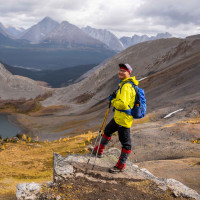 | Yongnan Li (李永男) PRO Nice shot, Yang. |
 | Lourens Durand CREW Just back from 2 weeks in the Kruger National Park. Thank you for all the appreciative comments! |
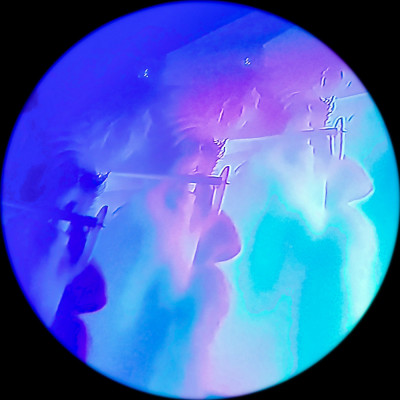 | Jon Ehrmann PRO The text provides a handy and concise review of technique for glass photography and accompanies a wonderful range of compositions, thanks! In addition to glass as subject and more than any other substance, glass makes photographic lenses and photography possible. |
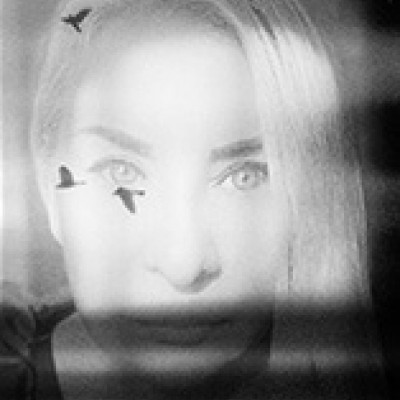 | Gabriela Pantu PRO Great article and superb images! Congratulations and heartfelt thanks for the text and the selection! <3 <3 |
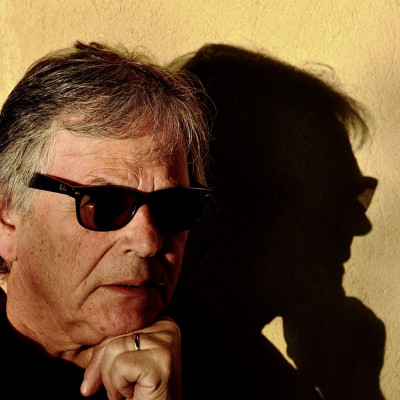 | Arnon Orbach CREW Reflections in glass can yield beautiful works with a surprise element in the final result. Many thanks to Lourens and Yvette for the excellent treatment of the article & the gallery of works. Warmest compliments. |
 | Yvette Depaepe CREW Our pleasure, dear Arnon !!! |
 | Tajouj Hamadto Magnificent set of images. Great selection and congratulations. |
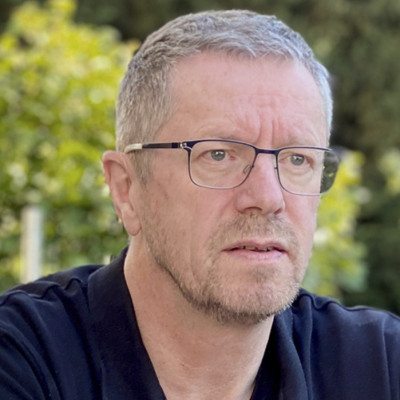 | Roland Weber PRO Cool. An amazing and fascinating collection.
My congratulations to the photographer and a huge "Thank you" to Lourens and Yvette for this beautiful selection. |
 | Yvette Depaepe CREW Many thanks for your appreciation, Roland! |
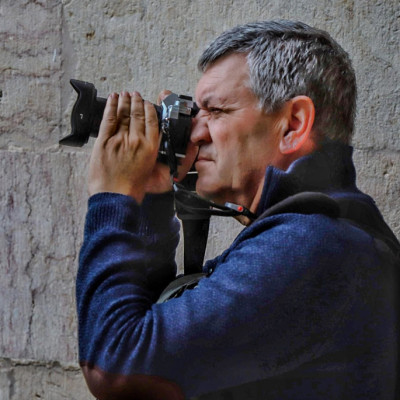 | Fernando Abreu PRO Amazing works |
 | UstinaGreen PRO Amazing and creative selection Works!!!Great topic and many thanks for Lourens Durand and Yvette Depaepe!!! |
 | Yvette Depaepe CREW Thanks for your neverlasting appreciation, dear Ustina! |
 | Pang Teng Lin PRO Fascinating capture. Congratulations . Thank you for sharing. |
 | SAMIR KUMAR SAMANTA PRO Beautiful ideas❤️👌 |
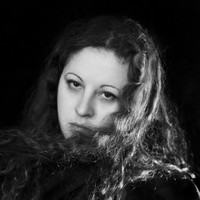 | Ileana Bosogea-Tudor PRO Beautiful selection! Congrats, all! |
 | Larry Deng PRO
Beatiful collection !!! Thank you Lourens Durand and Yvette Depaepe |
 | Yvette Depaepe CREW our pleasure, dear Larry ! |
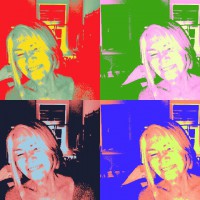 | Jane Lyons PRO What a great collection of photographs! Great article, thanks |
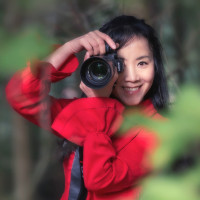 | Lydia Jacobs CREW Niice article, great selection. Thank you for choosing my work. |
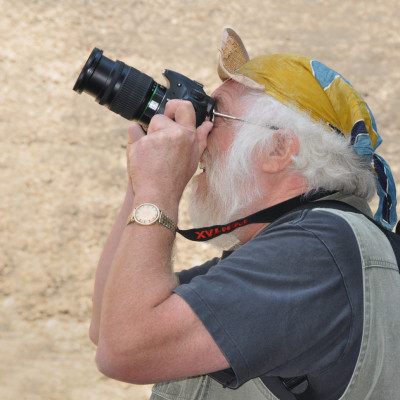 | Lus Joosten PRO Super! |
 | Heidi Westum PRO Very nice to be part of such a collection of great pictures of glass, thank you very much :) |
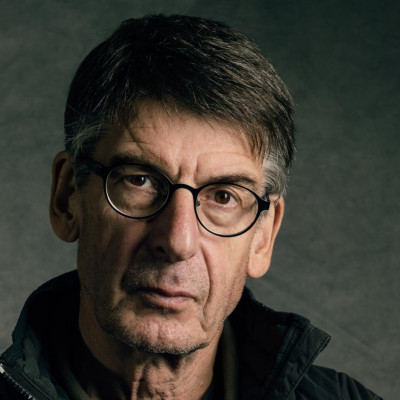 | Fred Louwen PRO Beatiful collection, great text. Thank you. |